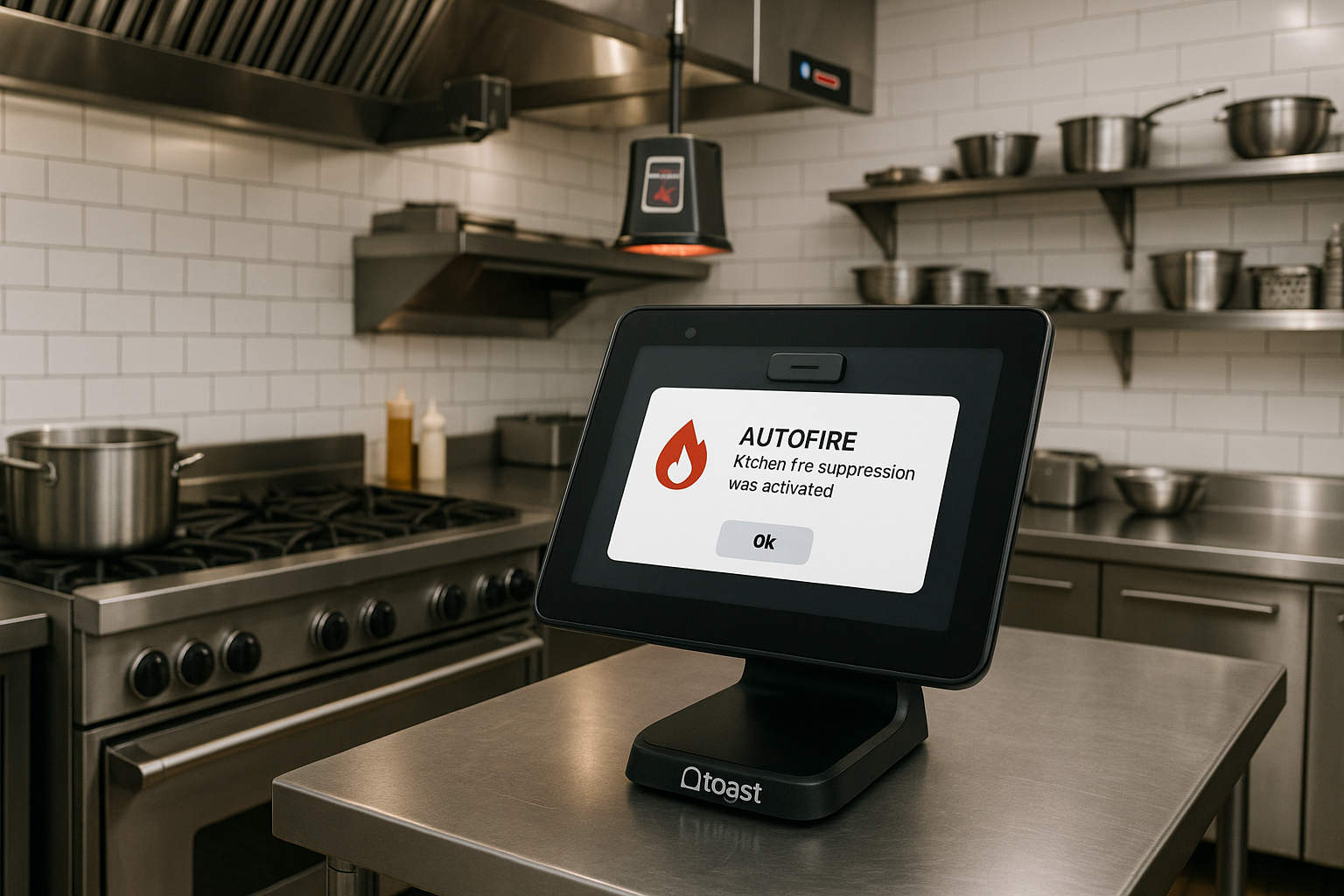Understanding the Need for Server Migration in Toast POS
Introduction: Migrating to a new server can be a daunting task, especially for restaurants relying on Toast POS to manage their operations. Understanding the need for server migration is crucial as it ensures data integrity, improves performance, and provides enhanced capabilities. Restaurants may choose to migrate for various reasons, such as an upgrade in technology, improved security measures, or simply the need for better service.
When a restaurant’s operations expand or change, their current server may no longer suffice. The migration process allows for the seamless transition of data, including tables, menus, and customer information, ensuring that business continuity is maintained. Moreover, advanced features available in newer server systems can lead to improved customer experiences and streamlined operations.
Finally, the importance of thorough preparation cannot be overstated. Understanding the implications of server migration, including potential downtime and necessary training for staff, ensures that your restaurant can adapt swiftly and efficiently to the changes.
Preparing for Table Transfer in Toast POS
Before you begin the process of transferring tables, it is essential to prepare adequately. This preparation involves backing up your existing data to prevent any loss during migration. Toast POS offers built-in backup features that simplify this task. By creating a backup of your database, you ensure that all your tables and associated data are preserved.
Next, you’ll want to inform your staff about the upcoming migration. A well-prepared team can help mitigate any confusion or disruptions during the transition. Training sessions can be organized to familiarize them with the new server environment, ensuring that everyone is on the same page when the actual migration occurs.
Lastly, it’s important to assess the new server’s capacity to handle your restaurant’s specific needs. Evaluating the server’s capabilities can help ensure that it is equipped to manage the volume of data and transactions that your business generates, ultimately leading to a smoother transfer process.
Step-by-Step Guide to Transfer Tables
Now that you’re prepared, you can begin the actual transfer process. The first step is to log into your Toast POS account on both the old and new servers. Ensure that both systems are accessible and that you have the necessary permissions to perform the migration.
Once logged in, navigate to the tables section in your POS system. Toast POS provides a feature that allows you to export your existing tables to a file format that can easily be imported into the new server. Follow the prompts to export your data, ensuring all relevant information is included.
After exporting, log into your new server and import the data. Carefully follow the prompts, ensuring that the tables are correctly configured to match your restaurant’s layout and requirements. This step may take some time, but patience is key to ensuring accuracy and preventing future operational issues.
Troubleshooting Common Issues During Migration
Even with thorough planning and execution, issues may arise during the migration process. One common challenge is data mismatch, where tables do not align correctly in the new server. To resolve this, double-check the exported file for any discrepancies before initiating the import process.
Another issue may involve permissions and access rights. Ensure that all user roles and permissions are correctly set up on the new server, allowing staff to access the tables as needed. This can often be overlooked but is crucial for maintaining seamless operations post-migration.
Finally, consider having a contingency plan in place. In the event of a major issue, having a backup of your original server can provide a safety net, allowing you to revert to the previous setup while you address the problem. This proactive approach can save time and reduce stress during the transition.
Conclusion: Migrating tables to a new server with Toast POS may seem challenging, but with proper preparation and a clear step-by-step process, it can be managed effectively. By understanding the need for migration, preparing your team, and executing the transfer methodically, your restaurant can leverage the advantages of a new server environment while minimizing disruptions.


